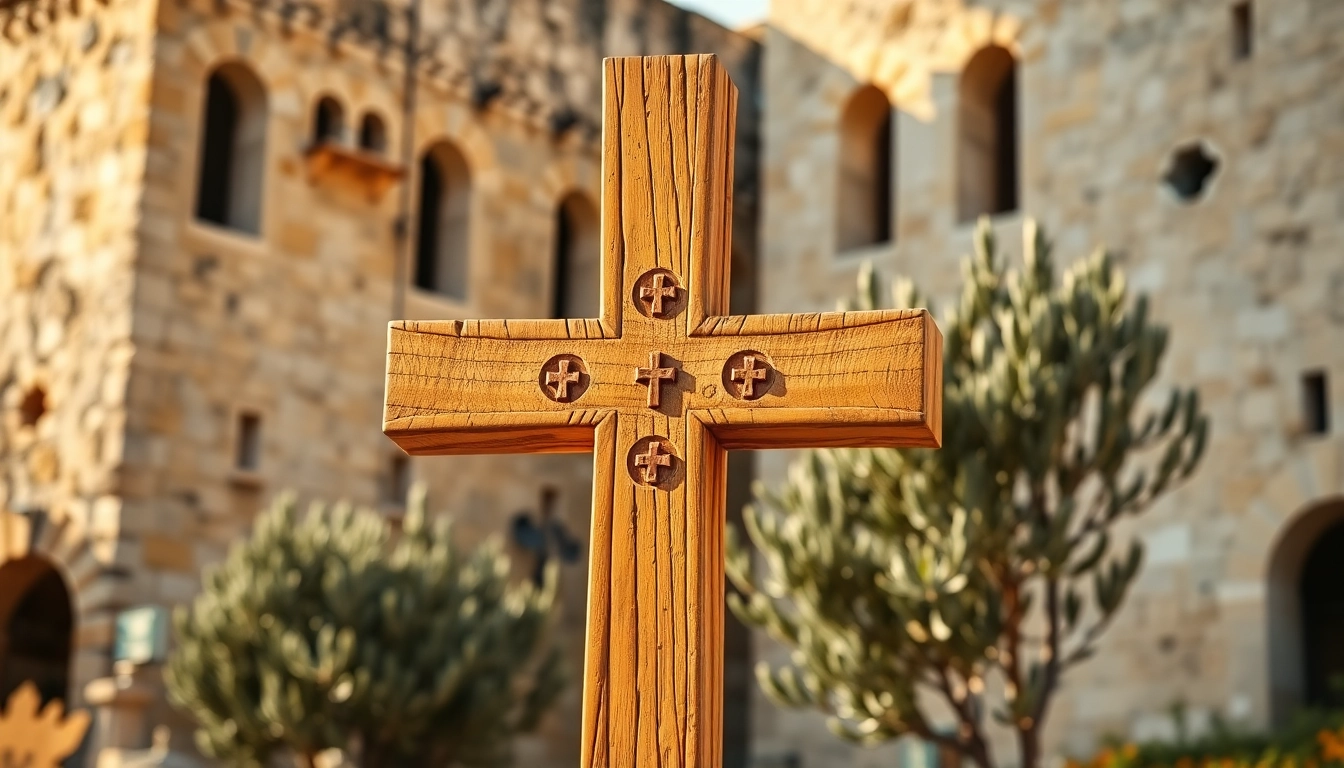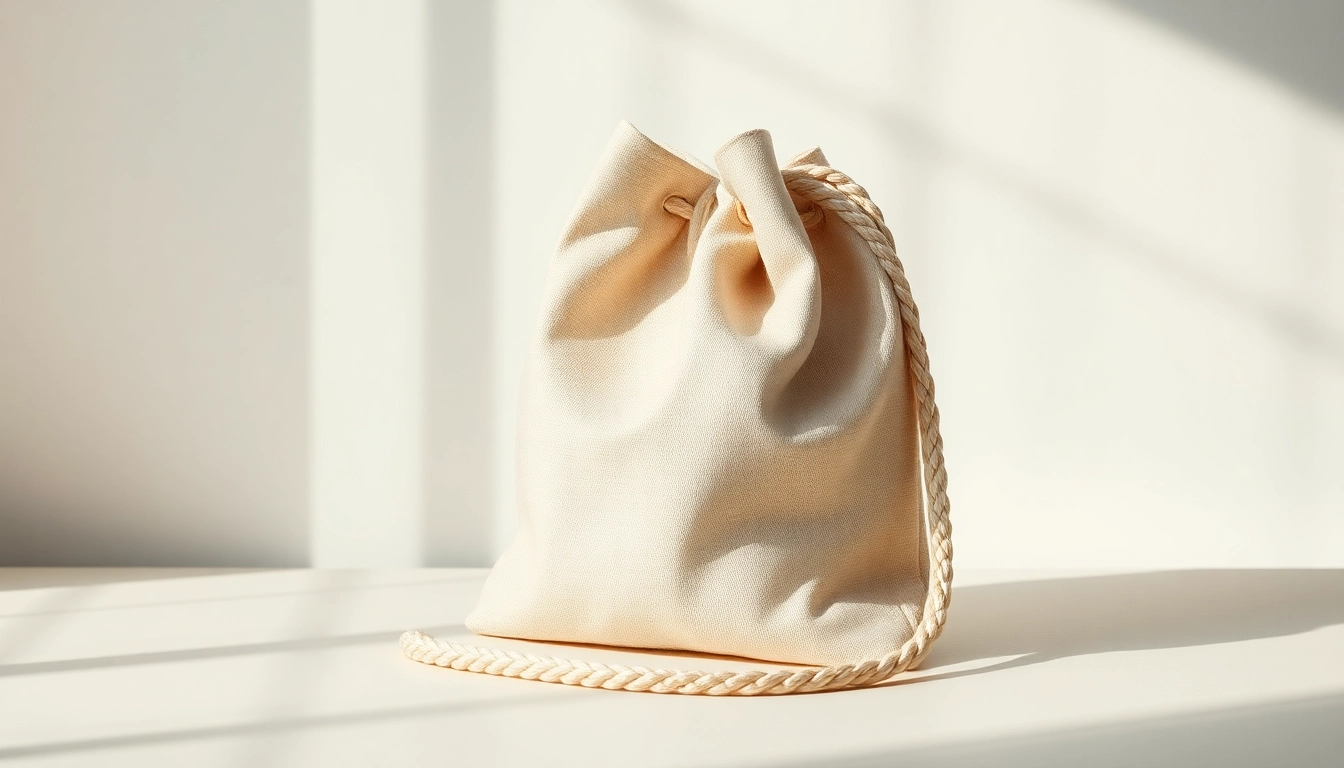Understanding Jerusalem Crosses
The Jerusalem cross, often referred to as the “five-fold Cross” or “Crusader’s cross,” is a prominent symbol in Christianity that represents a profound connection to the Holy Land. This distinctive design consists of a large central cross surrounded by four smaller Greek crosses, symbolizing the Four Evangelists and the spread of the Gospel throughout the world. It is a poignant representation of faith and heritage, deeply embedded in Christian culture and history. To delve deeper into the significance of Jerusalem crosses, we need to explore their historical origins, symbolism, and variations.
Historical Origins of Jerusalem Crosses
The origins of the Jerusalem cross can be traced back to the 11th century, during the time of the Crusades. It emerged as a heraldic symbol used by the Latin Kingdom of Jerusalem, established after the First Crusade. This era was marked by the Christian conquest of Jerusalem, which led to the creation of various symbols depicting their newfound rule.
Historically, the Jerusalem cross was adopted by several monarchs and military orders. What began as a symbol of conquest eventually transformed into one of reverence and devotion. The Crusader Kings utilized it as a banner, reflecting both their spiritual mission and territorial claims. Notably, it became a symbol not just of military strength but also of Christian faith and pilgrimage, reminding followers of the sacrifices made for their beliefs.
Symbolism Within the Design
The design of the Jerusalem cross is rich in symbolism, with each element serving a purpose. The large central cross signifies Jesus Christ and His resurrection, while the four smaller crosses represent the Four Evangelists—Matthew, Mark, Luke, and John. This arrangement symbolizes the spreading of Christianity to the four corners of the earth.
Moreover, the larger cross represents the primary Christian message of salvation through Christ, whereas the smaller crosses echo the call to evangelize and spread the Word of God. As a collective, they communicate a powerful narrative about faith, unity, and the universal mission of Christianity.
Variations of Jerusalem Crosses
While the classic Jerusalem cross design typically features a large cross with four smaller ones, variations exist that reflect local traditions and craftsmanship. Some variations incorporate intricate designs, colors, or materials, such as olive wood, metal, or gemstones. For instance, olive wood crosses, often hand-carved by artisans in Bethlehem, showcase the cultural aspects of the Holy Land, making them popular among pilgrims and collectors alike.
Another notable variation is the use of the Jerusalem cross in ecclesiastical heraldry where it may be combined with other symbols or placed within specific contexts to reflect local or denominational identities. These adaptations are not merely aesthetic; they carry spiritual significance and reveal insights into the faith expressions of various Christian communities.
Jerusalem Crosses in Christian Culture
The Role of Jerusalem Crosses in Worship
In various Christian denominations, the Jerusalem cross holds significant liturgical and worship-related meanings. It is frequently displayed in churches, homes, and pilgrimage sites as a powerful emblem of faith. During worship services, the cross serves as a reminder of Christ’s sacrifice and the call to discipleship.
In addition to physical representations, the Jerusalem cross is sometimes used in prayers and blessings, enriching the spiritual atmosphere. Many congregations choose to incorporate it into religious rituals, using it to symbolize unity and community identity.
Influence on Christian Art and Iconography
The Jerusalem cross has significantly influenced Christian art and iconography, manifesting in various forms such as paintings, mosaics, and liturgical artifacts. Its distinctive design captures the attention of artists, symbolizing a profound connection to faith and history.
Throughout the centuries, artists have drawn inspiration from the Jerusalem cross to create masterpieces that reflect theological themes and narrate biblical events. The cross has appeared in paintings of important religious figures and events, underscoring its role as an enduring symbol in Christian narrative art.
Modern Usage of Jerusalem Crosses
In contemporary culture, the Jerusalem cross continues to be a popular symbol of faith, often worn as jewelry or incorporated into personal and community artifacts. It serves not only as a reminder of one’s faith but also as a point of connection to the broader Christian community.
Additionally, various organizations and charities utilize the Jerusalem cross to promote their missions, particularly those focused on peace and reconciliation efforts in the Holy Land. By integrating the cross into modern contexts, these organizations aim to keep the spirit of the Jerusalem cross alive while fostering dialogue and understanding among different cultures and faiths.
Practical Aspects of Jerusalem Crosses
Choosing the Right Jerusalem Cross
When selecting a Jerusalem cross, it’s essential to consider factors such as design, material, and intended use. Different crosses serve various purposes, from decorative pieces for homes to personal jewelry items that carry deep spiritual significance.
For those looking for an authentic representation, selecting hand-carved olive wood crosses from the Holy Land can be particularly meaningful. These artifacts not only support local artisans but also carry the essence of the region and its rich Christian heritage.
Additionally, it’s vital to assess the quality of craftsmanship when making a purchase. Authentic Jerusalem crosses are often characterized by intricate carvings and high-quality materials, ensuring their durability and aesthetic appeal.
Caring for Olive Wood Crosses
Olive wood crosses require care to maintain their beauty and integrity. Due to the natural properties of olive wood, it is advisable to keep them away from extreme temperatures and humidity. Gentle cleaning with a soft, dry cloth is recommended, avoiding harsh chemicals or abrasive materials that could damage the surface.
To preserve the wood’s natural finish, a light application of olive oil can rejuvenate the appearance and protect against drying or cracking. This simple maintenance routine can help ensure the longevity of olive wood crosses and preserve their beauty for years to come.
Common Myths and Misunderstandings
Like many symbols, the Jerusalem cross is surrounded by myths and misunderstandings. One common myth is that it is exclusively a Crusader symbol tied only to military actions in the Holy Land. However, its significance extends beyond militaristic associations; it embodies a message of hope, faith, and evangelism.
Another misconception relates to its acceptance among different Christian denominations. While some view the Jerusalem cross with skepticism due to its historical context, many denominations recognize its value as a universal emblem of Christianity and its associated values. Understanding these nuances can foster a more informed appreciation of the Jerusalem cross.
Purchasing Jerusalem Crosses
Where to Buy Authentic Jerusalem Crosses
Finding an authentic Jerusalem cross can be an enriching experience, especially when it supports local artisans and fair trade practices. Numerous stores in the Holy Land offer handcrafted items, while online platforms allow accessibility to a broader audience.
For those unable to visit the Holy Land, reputable online retailers and specialty religious shops provide access to genuine Jerusalem crosses. It is advisable to research sellers, read reviews, and verify the authenticity of their products to ensure that what you are purchasing holds true craftsmanship.
Understanding Pricing and Quality
The pricing of Jerusalem crosses can vary widely depending on factors such as material, size, craftsmanship, and the intricacy of design. Handmade pieces, especially those carved from olive wood, typically command a higher price due to the labor and skill involved in their creation.
When comparing prices, it is essential to consider quality alongside cost. A lower-priced item may compromise on craftsmanship and authenticity, while a well-made piece will possess lasting value and meaning.
Supporting Local Artisans
Purchasing a Jerusalem cross not only enriches one’s faith journey but also supports local craftsmen and communities in the Holy Land. Many artisans pour their skills and traditions into creating these pieces, offering an income that sustains their families and maintains cultural heritage.
By choosing to buy from reputable artisans or fair trade organizations, individuals can contribute to the local economy while preserving traditional craft-making techniques. Supporting such initiatives fosters a deeper connection to the spiritual and cultural narratives embedded in every Jerusalem cross.
Jerusalem Crosses Across Different Cultures
Adoption in Various Christian Denominations
The Jerusalem cross is embraced by numerous Christian denominations, each interpreting its significance in relation to their theological beliefs and practices. For instance, it holds particular importance within Roman Catholic and Orthodox traditions, where it often appears in liturgical contexts and iconography.
In recent years, ecumenical movements have further promoted the adoption of the Jerusalem cross, encouraging interdenominational unity and dialogue. Recognizing the cross can serve as a shared symbol fosters connections among diverse faith communities, emphasizing common beliefs in Christianity.
Ecumenical Perspectives on Jerusalem Crosses
Ecumenical perspectives on the Jerusalem cross highlight its potential to serve as a bridge among different Christian traditions. By focusing on what it represents—faith, mission, and community—various groups can find common ground despite doctrinal differences.
This shared appreciation invites conversations and collaborations, allowing the Jerusalem cross to serve not just as a religious symbol but as a beacon of enjoined efforts towards peace, understanding, and shared values that transcend cultural barriers.
Jerusalem Crosses as Cultural Artifacts
Beyond their religious significance, Jerusalem crosses also serve as cultural artifacts that tell the story of the intersection between faith, art, and community within the Holy Land. Each handcrafted piece carries stories of tradition, spirituality, and local identity, making them valuable additions to collections or displays in museums.
Cultural institutions and art exhibits often highlight the role of Jerusalem crosses within the broader narrative of Christian heritage, illuminating their significance not just as religious symbols but as reflections of collective memory and historical evolution over centuries.


